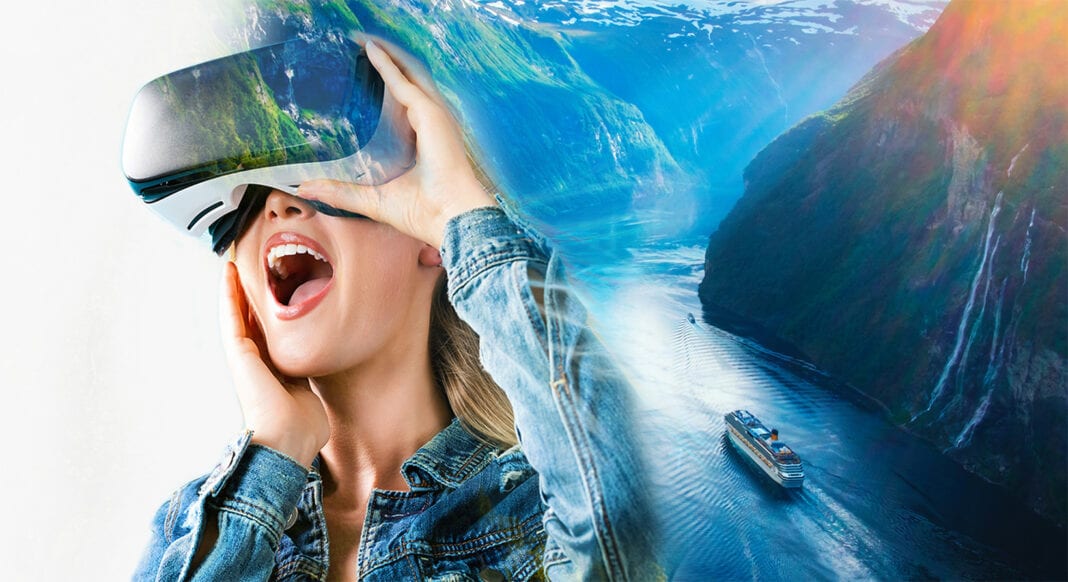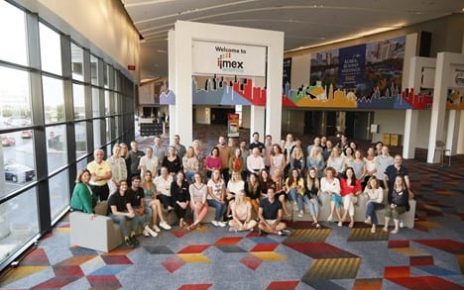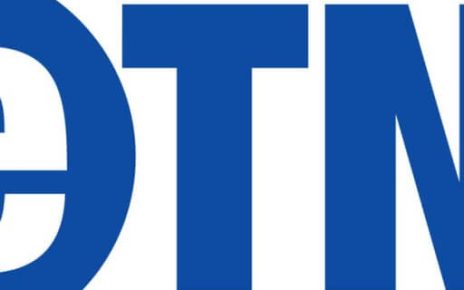Spending considerably more time indoors with an abundance of spare time, combined with an urge to travel, the aspiring travelers have been turning to VR to fill a void that travel restrictions have left
- The longer the COVID-19 pandemic impacts travel for, the higher the chance that consumers and organizations adopt this technology on a more permanent basis
- Many tourism companies and organizations will now be vying for a competitive advantage in order to accelerate recovery
- Using VR in marketing – such as room tours in hotels – adds another dimension to campaigns and will improve brand image during and in the aftermath of the pandemic, as it naturally reduces human contact
The impact of COVID-19 may allow VR to permanently shake off its image of being a gimmick in the tourism sector. Hype behind the technology in recent years has often been greater than actual usage, especially for leisure purposes. However the longer this pandemic impacts travel for, the higher the chance that consumers and organizations adopt this technology on a more permanent basis.
Spending considerably more time indoors with an abundance of spare time, combined with an urge to travel, has meant that aspiring travelers have been turning to VR to fill a void that travel restrictions have left. According to latest data, 62% of global consumers have stated that they are ‘staying home as much as possible’ because of the pandemic, creating an opportunity for this technology. Oculus launched its ‘Quest 2’ headset in October and the most popular experiences include National Geographic VR, which takes users to far flung destinations, illustrating the usage of VR as a substitute for the real thing.
A number of Destination Management Organizations (DMOs) have also started to use VR in marketing campaigns and to recreate touristic experiences. For example, the German National Tourist Board (GNTB) has recently taken viewers on trips across the country, as well as to parts of its Baltic and North Sea coasts. This is all in the interest of drumming up demand as travel resumes. However, it remains to be seen if this kind of VR-focused strategy will last beyond the pandemic and whether this technology will be restricted to usage in the dreaming/planning stage of a trip.
Many tourism companies and organizations will now be vying for a competitive advantage in order to accelerate recovery. Using VR in marketing – such as room tours in hotels – adds another dimension to campaigns and will improve brand image during and in the aftermath of the pandemic, as it naturally reduces human contact. VR will continue to be used in the early stages of planning.
However, VR now has the opportunity to uplift the travel industry’s marketing strategies, for example using this technology in the booking stage for customers will give them the ultimate experience before even arriving to their destination.
Amadeus implemented the world’s first virtual reality travel and search booking experience. The advancement allows travelers to complete the whole booking process, from choosing the destination/service to payment, all without leaving virtual reality. The widespread adoption of VR for this kind of purpose could be the next step for this technology and help it permanently move away from its ‘gimmick’ label.




